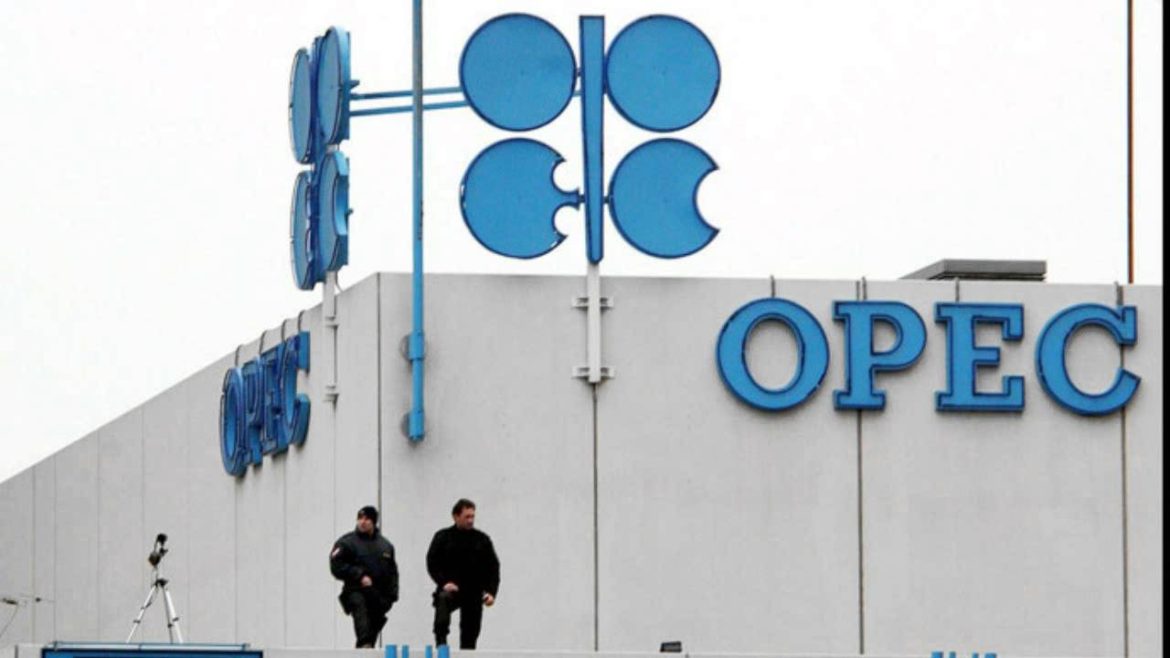By Tania Masi, Roberto Ricciuti, Antonio Savoia and Kunal Sen
MANCHESTER – With objectives as far-reaching as ending poverty in all its forms and delivering quality education to all by 2030, the Sustainable Development Goals (SDGs) are highly ambitious – much more ambitious than their predecessor, the Millennium Development Goals. Whether or not the world achieves them will depend crucially on money – particularly public finance.
Traditionally, official development assistance (ODA) would play a pivotal role in financing an agenda like the 2030 Sustainable Development Agenda, which encompasses the 17 SDGs. But at a time when nationalist rhetoric and isolationist policies are gaining traction in some of the world’s biggest traditional donor countries – beginning with the United States – ODA will not be sufficient.
In fact, foreign aid has remained flat, at best, in the last few years – and there is no increase in sight. On the contrary, the specter of global recession – heightened by US President Donald Trump’s trade war – makes a reduction in donor governments’ revenues, together with increased domestic demand for public spending, a distinct possibility. None of this bodes well for foreign aid flows.
This means that, to implement the SDGs, developing countries will need to rely increasingly on their own resources. And, in fact, the 2030 Agenda anticipates this imperative: SDG17’s first target is to “strengthen domestic resource mobilization … to improve domestic capacity for tax and other revenue collection.” The question is how.
Poor fiscal management means that developing countries – particularly in Africa, home to 27 of the world’s 28 poorest countries – are often plagued by debt crises and inflation, and many are at the mercy of commodity-price cycles. Tax collection is a major challenge for these economies: the tax revenues low-income countries collect amount to about 10-20% of GDP, on average, compared to about 40% of GDP in high-income countries.
One major reason for this is that these countries tend to have large informal economies; another is that they invest little in the infrastructure needed to implement personal taxation, relying instead on sales taxes, which are easier to administer but bring in less revenue. Add to that poor management of what is collected, and these countries consistently fail to deliver needed public goods and services, let alone ensure fiscal sustainability.
The effectiveness of tax collection and the strength of budgetary systems, our research shows, depend crucially on the extent to which political institutions place constraints on executive power. Governments with credible, institutionalized systems of checks and balances tend not only to collect more tax revenues, but also to have more transparent and predictable budgetary processes.
A major reason for this is accountability. Giving a single executive virtually unchecked control over a government’s financial resources raises the risk of sudden changes in budgetary priorities, and nurtures the temptation to spend on projects that enrich a few at the expense of the public good. But when political leaders are unable to use state revenues freely – say, to enrich themselves or their cronies – they may be more likely to invest in strengthening the government’s fiscal capacity, including its ability to design, implement, and monitor the budget.
In a well-functioning parliamentary system, for example, the state budget is overseen by a group of elected authorities in a relatively transparent manner. No one person has the power to shape the process in self-serving ways. Instead, leaders are under pressure to respond to the voters’ needs and preferences.
In such a context, taxation becomes an informed, consensual transaction between citizens and the state. This bolsters trust in official institutions, in turn boosting revenues and supporting social and political stability.
According to our research, placing institutional constraints on the executive would, over about nine years, lead to a 2.4-percentage-point increase in the GDP share of both total revenues and income-tax revenues. Such changes would also raise the quality of fiscal planning – the accuracy of revenue forecasts and the effectiveness of budget implementation and debt management – above the global average.
These gains could translate into more textbooks in local schools, more vaccines for local health services, and more resources for poverty-reduction programs. In other words, a taxation system constrained by institutions that ensure transparency and accountability could support progress toward achieving the SDGs.
Of course, the effects will not be instantaneous. Institutional reform is a gradual process, and legal changes do not immediately translate into behavioral ones. But embedding checks and balances into governance – particularly to limit the executive’s discretionary budgetary authority – is integral to accomplish the kind of structural transformation developing countries need if they are to create more stable, prosperous futures well beyond 2030.








